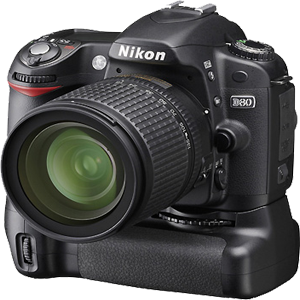Here are some simple steps to follow so that you can get a perfect matte using some great tools that Photoshop offers.
Duplicate the image
1. Select Layer>Duplicate.
2. Select Edit>All.
3. Click the Channels tab and Select Layer>New>Layer to create a new channel.
4. Paste the selected layer in the new channel. A black and white alpha channel will appear. Select Select>Deselect to deselect the information in the new channel.
Crush the blacks
1. Select Image>Adjustments>Levels to adjust the levels. Move the left slider to the right to crush the blacks. Move the right slider to the left to restore the white background.
2. Use the lasso tool to remove any remaining detail inside your image. Press (Mac) or (PC) to delete the remaining information.
3. Select Select>Deselect to deselect your image.
Create a mask
1. Select Image>Adjustments>Inverse to create the mask for your image.
2. -Click or -Click the image icon in the Channel tab to select the alpha channel outline.
3. Click the Layers tab and select Layer>Layer Mask>Reveal Selection. If you turn off the background channel, you can see that the white background has been masked out.
Do the hair
Not ending up with blocky hair can be the hardest part of creating a clean mask. Using Levels and Masks can make life a lot easier than working with a Bezier or erasing a mask.
I am adding a colored background so that it's easier to see the hair of the subject.
1. Select Layer>New Fill Color>Solid Color. Select a color to help see. Make sure to drag the fill layer below the image layers.
2. Select Layer>Duplicate Layer to duplicate the image layer. This ensures that your original mask remains unchanged. The aim is to edit the masks only and not the layer.
3. Set the Duplicated mask layer to Normal and set the original Mask layer to Multiply.
Make sure to select the Mask for the duplicate image.
1. Select the Lasso tool and select the washed out areas of the hair.
2. Select Select>Modify>Feather. Start with a range between 5 and 50 depending on how high resolution your image is.
Crush the Whites
1. Select Image>Adjustments>Levels. Move the white Output Levels slider to the left, until the white highlights disappear.
You can now experiment with additional layers to correct the colors, etc. further.
This method is quite useful if you have multiple images shot on a white background and have




0 comments:
Post a Comment